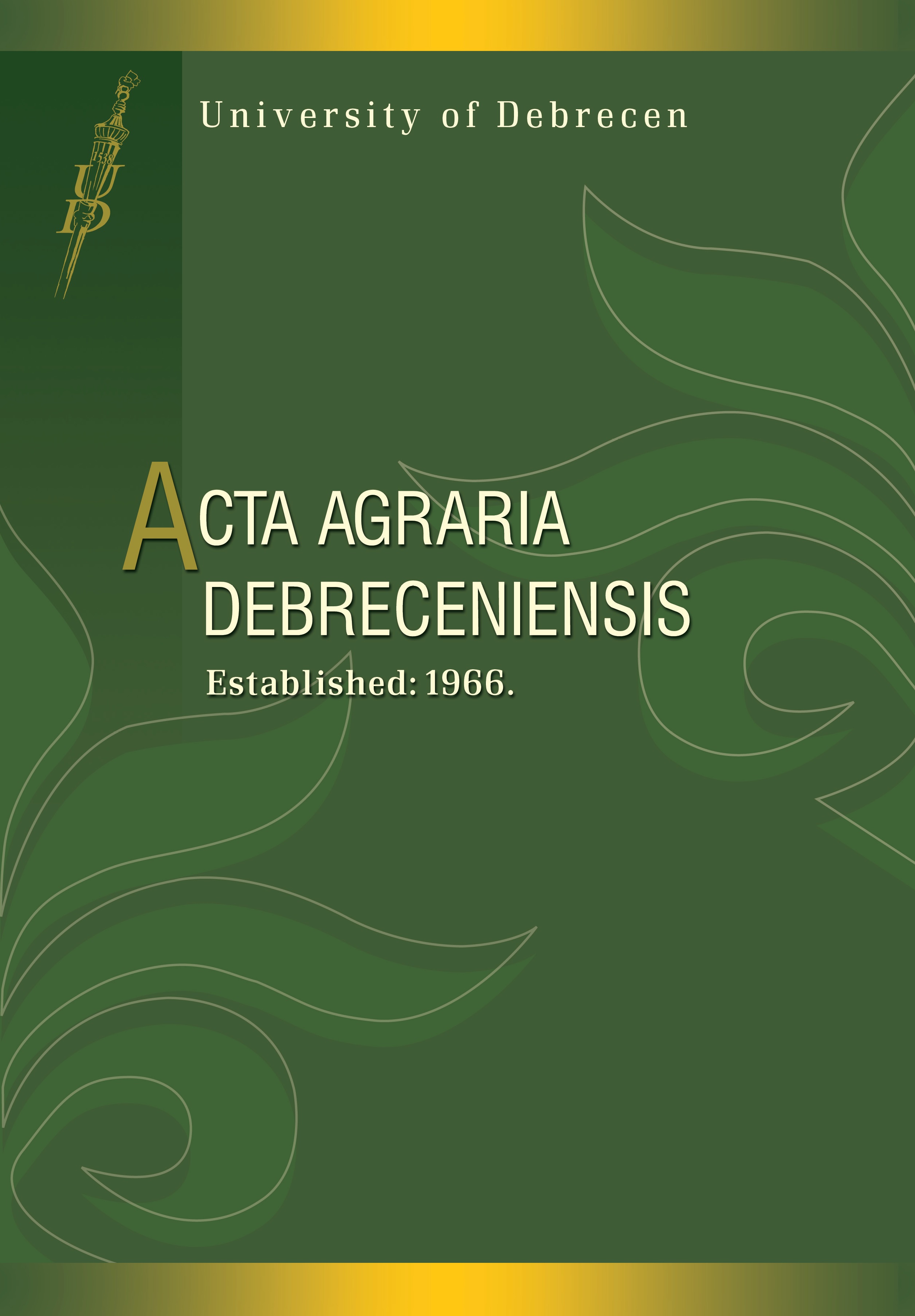Modelling forestation alternatives
Authors
View
Keywords
How To Cite
Abstract
Agroforestry systems are part of the history of the European Union rural landscapes, but the regional increase of size of agricultural parcels had a significant effect on European land use in the 20th century, thereby it has radically reduced the coverage of natural forest. However, this cause conflicts between interest of agricultural and forestry sectors. The agroforestry land uses could be a solution of this conflict management. One real – ecological – problem with the remnant forests and new forest plantation is the partly missing of network function without connecting ecological green corridors, the other problem is verifiability for the agroforestry payment system, monitoring the arable lands and plantations.
Remote sensing methods are currently used to supervise European Union payments. Nowadays, next to use satellite imagery the airborne hyperspectral and LiDAR (Light Detection And Ranging) remote sensing technologies are becoming more widespread use for nature, environmental, forest, agriculture protection, conservation and monitoring and it is an effective tool for monitoring biomass production.
In this Hungarian case study we made a Spatial Decision Support System (SDSS) to create agroforestry site selection model. The aim of model building was to ensure the continuity of ecological green corridors, maintain the appropriate land use of regional endowments. The investigation tool was the more widely used hyperspectral and airborne LiDAR remote sensing technologies which can provide appropriate data acquisition and data processing tools to build a decision support system.

 https://doi.org/10.34101/actaagrar/63/1832
https://doi.org/10.34101/actaagrar/63/1832